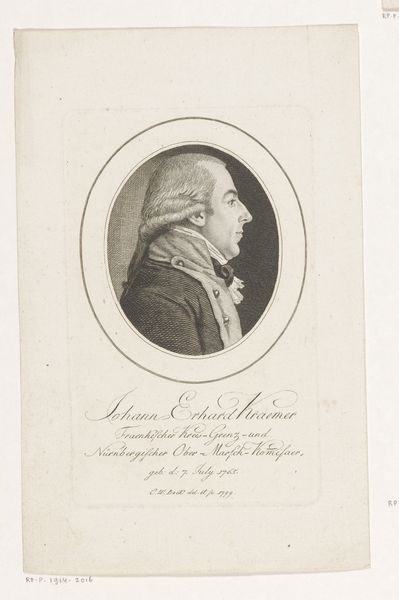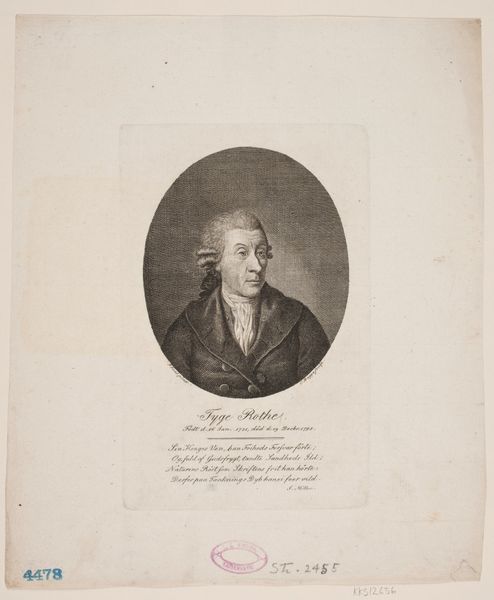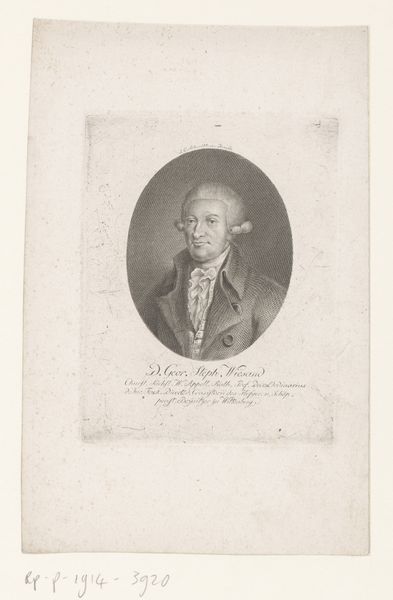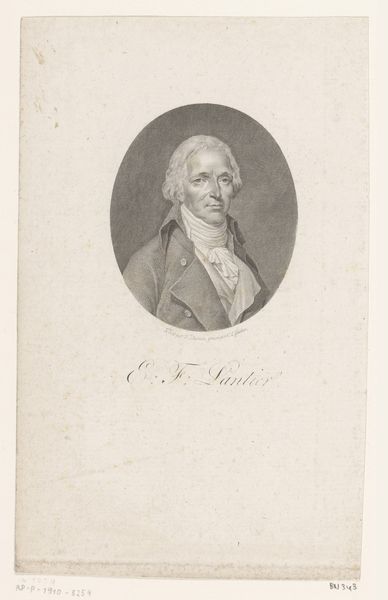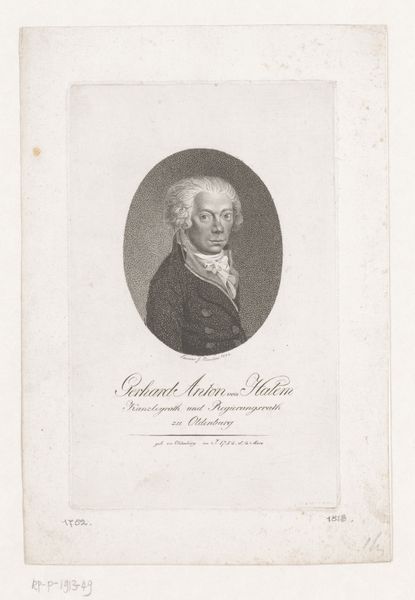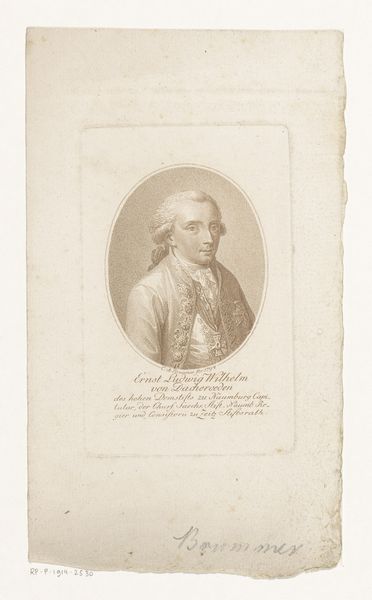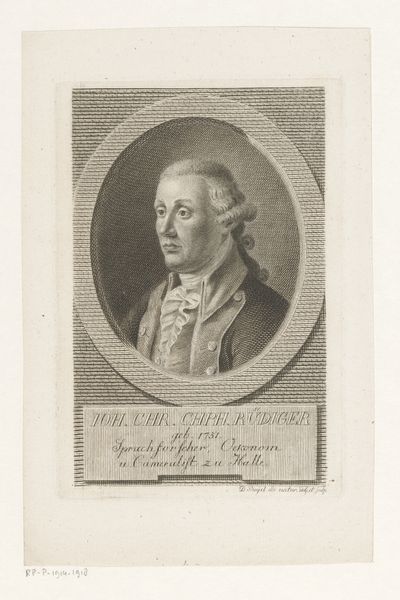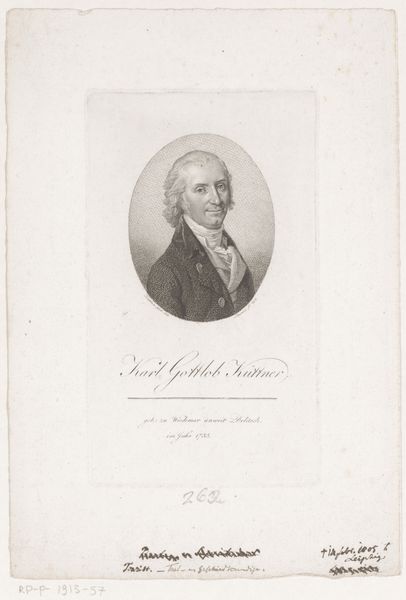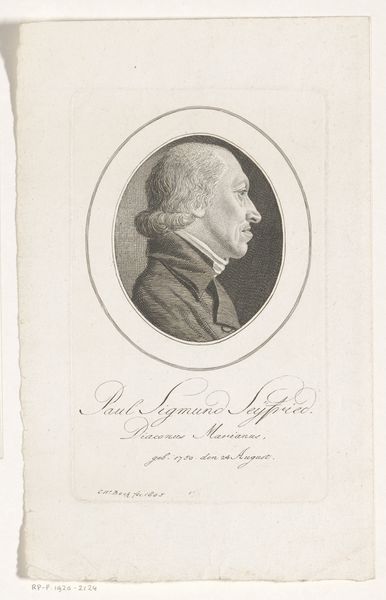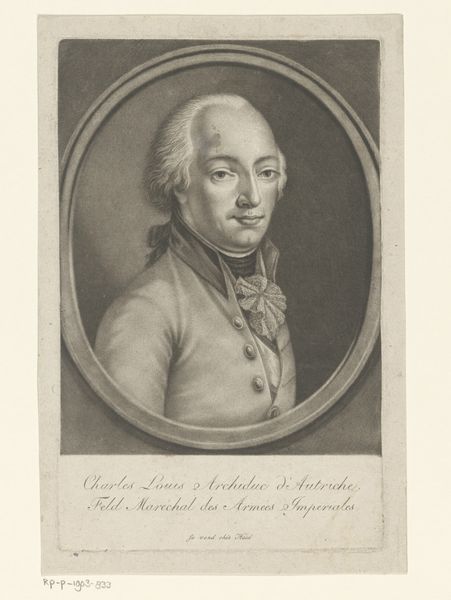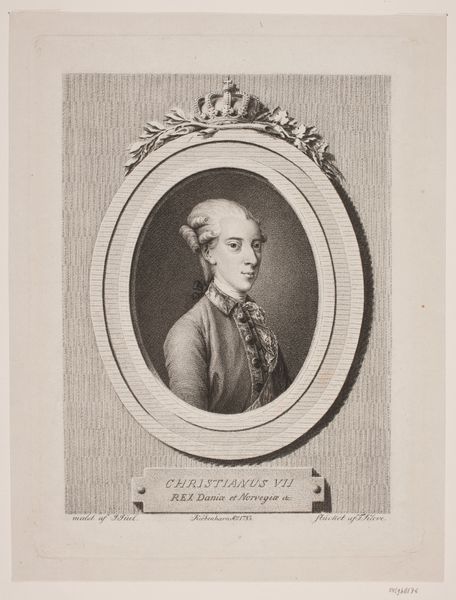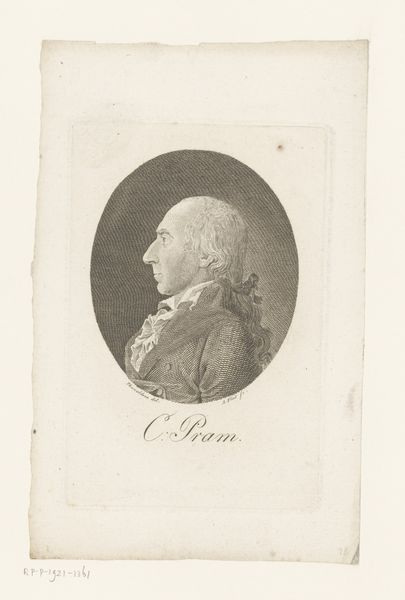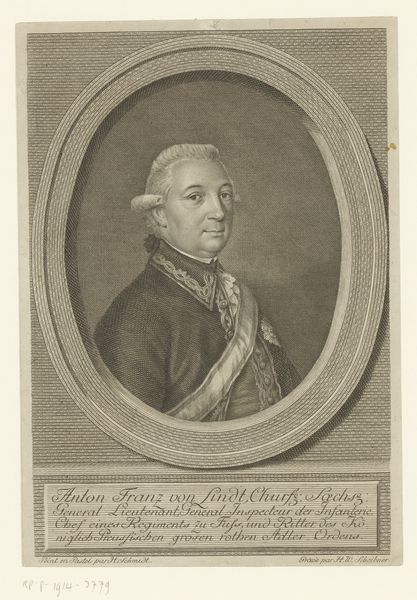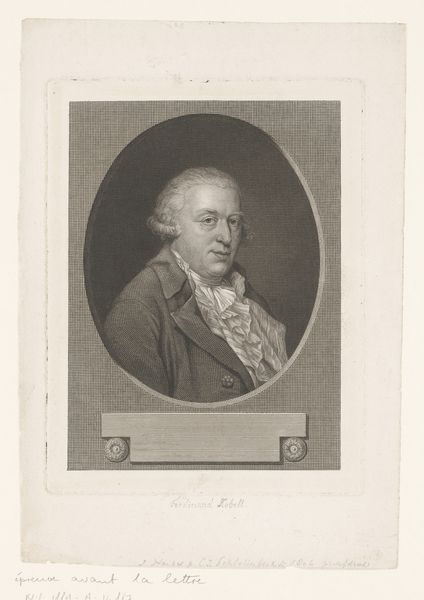
print, engraving
#
portrait
#
pencil drawn
# print
#
pencil sketch
#
figuration
#
academic-art
#
engraving
#
realism
Dimensions: height 162 mm, width 94 mm
Copyright: Rijks Museum: Open Domain
Editor: This print, titled "Portret van Johannes Müller von Sylvelden", from somewhere between 1791 and 1832 by Johann Daniel Laurenz, seems quite formal. It’s an engraving, but almost looks like a pencil sketch with those delicate lines. What can you tell me about it? Curator: Consider the materials themselves: paper, ink, and the metal plate used for the engraving process. This wasn't a unique artwork but a reproducible image. Who was the intended consumer, and what was the social function of this type of portrait print? Was it widely distributed, bought, and collected? Editor: So you’re saying we should focus less on the artistic intention and more on the practicalities? Like, how this object circulated in society and what purpose it served? Curator: Precisely. The very act of creating an engraving implies a desire for wider dissemination. This challenges notions of unique artistic genius. Also, think about the labor involved – the engraver's skill in translating an image onto a plate, the printing process itself. The portrait serves a representational purpose but also illustrates the process of its own reproduction. Editor: That’s a great point. I hadn’t thought about how the process of reproduction would’ve shaped its impact. Was engraving a respected trade? How did engravers see themselves within the art world? Curator: Good question. Engraving occupied a unique position, somewhere between a craft and fine art. By considering these social and material aspects, we gain a far deeper understanding than simply analyzing the subject’s face. Editor: Okay, so, looking at this portrait not as high art, but as a product of specific labor, skills, and networks helps us better understand the work in its historical moment. Thanks! Curator: Indeed. Shifting our focus to the production and consumption of the image opens a far wider set of inquiry!
Comments
No comments
Be the first to comment and join the conversation on the ultimate creative platform.
